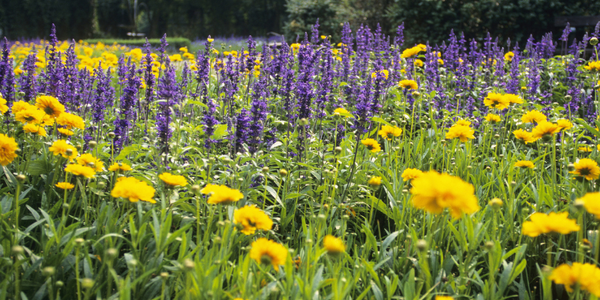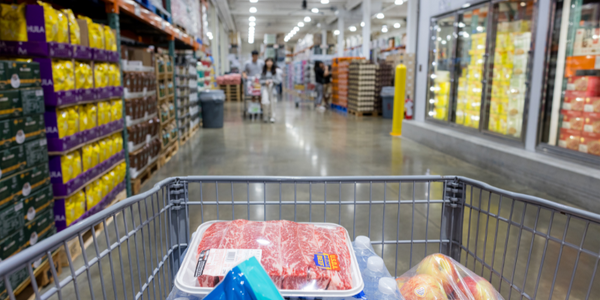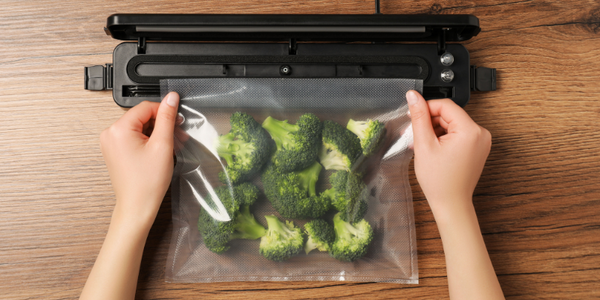Posted on March 22 2021

Starting a compost bin is the first step for many people who are trying to live a reduced-waste lifestyle. Beyond reducing waste, the resulting clean compost can be used to add nutrients back into the garden or lawn. In this way, kitchen scraps, lawn trimmings, and clean paper waste can live a full life where they are used, composted, broken down, and mixed back into the soil to breathe new life into plants. How do you know when the compost has reached "black gold" status? Where can it provide the most benefit?
Testing Compost
Compost is created by adding green matter (kitchen scraps, lawn, and garden trimmings) and brown matter (clean paper recycling, dead leaves) to a bin, adding heat, and turning it until the organisms within break it down into the organic material recognized as compost. Compost is close to being finished when it appears dark and crumbly. It should look and smell like high-quality soil. There should be no identifiable parts, such as a stray eggshell or clump of leaves. It should smell rich and earthy.
Compost with this appearance can be tested to ensure it is ready to be added back into the ecosystem. To test compost, place a handful of compost into a sealable bag, press out the air, and seal it. After three days, open the bag and smell the compost. If there are traces of ammonia or sourness, the compost needs more time. Try the test again in another week or two. If the test yields compost that smells earthy with no underlying foulness, it is time to use the compost. It can be added back into the garden, the lawn, or used around the bases of trees.
Using Compost in the Garden
Compost can be used to add nutrients to garden soil, in holes dug for new plantings, or as mulch in the fall. To simply add nutrients to the soil throughout the garden and improve the overall performance of plants, mix 1-2" of compost into the top 3-5" of soil. This is easiest when establishing a new garden bed, or before planting in annual and vegetable beds, but it can be done in perennial beds as well. A better solution for perennial beds or well-established gardens is to add compost to the base of growing plants. This will allow the compost to slowly add nutrients to the soil over time. Compost can also be used to get new plantings off to a healthy start. Toss a handful of compost into the hole before placing the new plant.
In the fall, compost can also double as mulch. Spread a layer of 1-2" of compost around the garden to protect plant roots from frost. Like mulch, compost can help to retain moisture as well. When spring arrives, gently till the compost into the soil after the ground thaws, but before the perennials fully come out of their dormancy. For gardeners who prefer potted plants, or those composting in apartments, compost can be used to create a custom blend of nutrient-rich potting soil by mixing two parts compost to one part sand or perlite.
Using Compost in the Lawn
Compost can also be used to enhance the health and structure of the lawn, encourage beautifully green and resilient turf. Top dress the lawn annually by adding sifted compost to a seed spreader, then spreading a 1/2" layer of compost over the lawn. Compost can also be used as a medicine to treat problem areas. Add an inch of compost to bald spots before reseeding to encourage growth. For large areas where new turf will be established, till 3" of compost into the existing soil base before seeding.
Using Compost Around Trees
Compost used to enhance the beauty and vigor of trees should be used in the same way that it occurs in natural environments. Starting a few inches away from the trunk, mix 1" of compost with the top 2" of soil around the base of each tree out to the drip line. Avoid placing compost directly against the tree bark at the trunk, or over any exposed, woody roots. The compost can trap moisture against the bark and encourage pests or disease growth. Compost should not be used in holes dug for new tree plantings.Maintaining compost can be very rewarding, and provides an opportunity to give back to nature. Not only can it help to reduce the overall waste produced by the average household, but it can contribute to a more self-sufficient homestead. There is joy and satisfaction to be found in creating healthy gardens and grass growth using organic material created by what would otherwise be waste.





0 comments